Treating Sciatica Pain at Home and in the RA Office
Treating Sciatica Pain at Home and in the RA Office
If you have sciatica pain, you know the agony that can flare up in your body. The Mayo Clinic characterizes sciatica symptoms as pain that radiates along the sciatic nerve from your lower back, to your hips, bottom, and down one or both legs into the feet.
Sciatica symptoms, typically pain, can be a result of a herniated disk, a bone spur or narrowing of the spine, that compresses or pinches the nerve. Numbness and inflammation, or muscle weakness may also occur.
Sciatica pain could also be a result of an occupation that requires a person to twist, lean, carry heavy objects, or sit for long periods of time. Obesity, age, and diabetes also can contribute to this pain.
Sciatica treatments can be done at home, like maintaining proper posture, especially when sitting at a desk, with keeping hips and knees level, and trying to exercise daily. Additionally, yoga-like sciatic stretches can lend some relief.
Healthline suggests several sciatica stretcher poses for the pain in the back or legs, like the reclining pigeon pose, which stretches your back and opens your hips over your knee, while on your back. Or you could try the forward pigeon pose, which brings your right knee in front of you while on the floor, then laying forward over the bended knee while the other leg reclines behind you.

Mild sciatica can go away over time with sciatica stretches and gentle at-home exercise, but sometimes symptoms are overtly strong, the Mayo Clinic advises; if you have super-severe pain in your legs along with numbness, you may have trouble controlling bladder or bowels, or if you’ve had a violent injury like a fall or a traffic accident, then it is time to see a medical professional to help your sciatica pain.
Trying to sleep when sciatica symptoms are flaring up isn’t easy, but The Cleveland Clinic offers a few suggestions, like getting comfortable with good spinal alignment and arranging yourself in bed with the spine in a neutral position, or sleeping on your side with a pillow between your knees, aligning your hips, taking pressure off your pelvis as you sleep.
ReclaimAbility can treat sciatica pain in the office, if home remedies don’t work.
Compression of the nerve creates inflammation in the legs and buttocks causing a shooting pain, but the team can help you with spinal cord stimulation or epidural steroid injections.
For a spinal cord stimulation, one of our medical professionals numbs of the skin on the back and a needle will be inserted into the epidural space, then the spinal cord stimulator leads will be placed in the epidural space until they rest in the appropriate area to block pain signals in the back and legs. Following the procedure, patients will live with the stimulator for a week and stay active to determine how the stimulator improves their quality of life.
Another method to treat sciatica pain is an epidural injection; at the ReclaimAbility offices, a specialist will numb the area on your back and can administer steroid injections at the site to reduce inflammation and provide pain relief.
In addition to at-home exercises, watching your sleep and your daily activities, sciatica pain can be resolved with our team who use cutting-edge therapies to relieve any sciatica pain that you may have.
Feel free to reach out to ReclaimAbility’s team of experts in pain management at a location near you. Enjoy a more productive and pain-free life.




